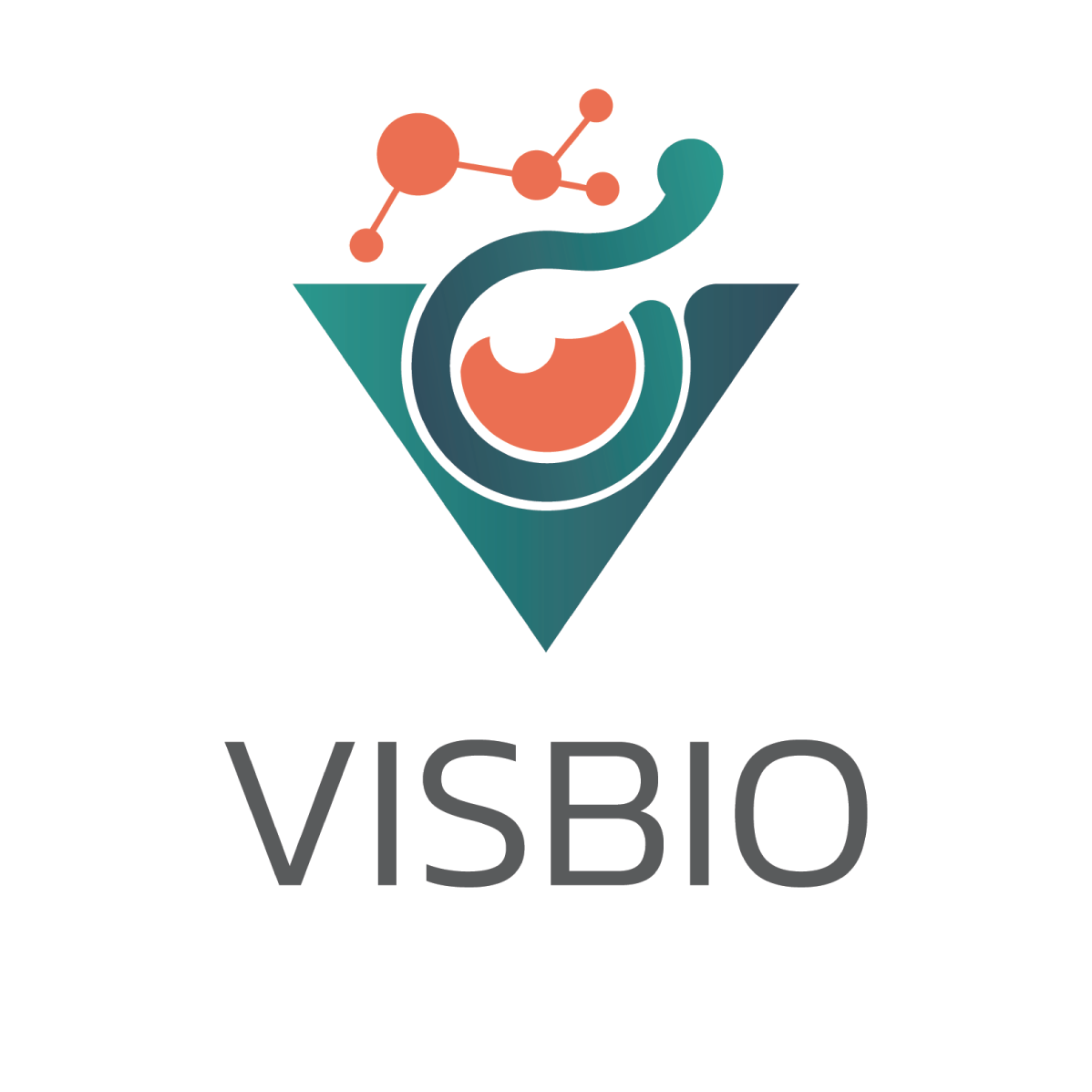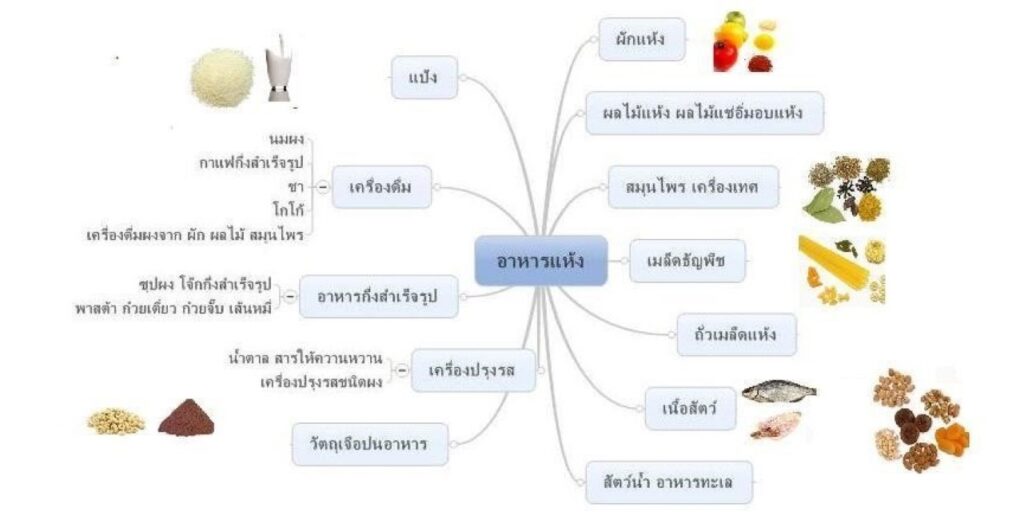
Service information about Moisture Content Analysis and Testing
VISBIO Co., Ltd. offers an analysis and testing service for measuring the moisture content in products using a Moisture Analyzer. Controlling and determining the moisture content is crucial for product. It significantly affects shelf life, usability, and overall product quality. These key factors help ensure your products maintain stability, integrity, and reduce the risk of mold growth. Monitoring moisture content can lead to successful product outcomes.
What is Moisture Content?
Moisture generally refers to both humidity (Kwaam Cheun Agat) and moisture (Kwaam Cheun Wattudib). In Thai language, the term is commonly used to describe atmospheric conditions, but it also applies to the quantity of water in various materials such as wet wood, food, herbs, and plant seeds respectively.
The relationship between humidity and moisture is that an increase in relative humidity in the air affects the surroundings. For example, if we store food in a high-humidity environment, the food will absorb moisture until its moisture content matches the relative humidity in the air.
The impact of humidity on product quality
Moisture content indicates the amount of water present in a substance and is one of the most critical properties of food. The moisture content has a significant impact on the product’s ability to undergo processing, its shelf life, functionality, and overall quality. The following are the effects of moisture content on product quality:
- Moisture affects food spoilage, particularly microbial spoilage, which impacts the shelf life of the product. Foods with high moisture content are more perishable as they provide a suitable environment for the growth of microorganisms such as bacteria, yeast, and molds.
- Moisture affects food safety. High moisture foods are conducive to the growth of pathogens and the production of toxins that can cause foodborne illnesses. It also contributes to the production of mycotoxins like aflatoxin and patulin, which can be harmful to consumers.
- Moisture affects the physical and thermal properties of food, including the melting point, boiling point, thermal conductivity, and specific heat.
- Moisture impacts sensory qualities such as texture (e.g., crispness), viscosity, and the tendency of food to form clumps (caking).
- Moisture influences the rate of various chemical reactions with negative effects on food quality during storage, such as browning reactions and lipid oxidation.
- Moisture plays a role in determining the pricing of commodities like rice and grains, as it can lead to price fluctuations based on moisture content levels.
Standards for Moisture Content in Dry Products
Controlling and specifying the precise moisture content of products is a critical task for ensuring product quality in various industries, including the food, chemical, pharmaceutical, herbal, and dietary supplement industries. Additionally, there are legal regulations that control the maximum allowable moisture content for certain products, such as the National Food and Drug Administration’s regulations. The Ministry of Public Health has published guidelines for food analysis, specifically controlling and setting the quality standards for nine categories of standardized food items to be used in annual licensing in 2019. The details are as follows:
Product | Ministry of Public Health Announcement | Moisture Content Specification (Dry or Powdered Types) |
| Modified milk for infants and continuous-feed milk for infants and young children | (Edition 156) B.E. 2537, (Edition 286) B.E. 2547, (Edition 307) B.E. 2550 Modified milk for infants and continuous-feed milk for infants and young children | Not more than 5% by weight |
| Dietary supplements for infants and young children | (Edition 158) B.E. 2537 Dietary supplements for infants and young children | Not required to be cooked before consumption – Not more than 5% by weight Required to be cooked before consumption – Not more than 8% by weight |
| Food for weight management | (Edition 121) B.E. 2532 Food for weight management and second edition | Not more than 8% by weight |
| Sealed container beverages | (Edition 356) B.E. 2556 Sealed container beverage | Not more than 6% by weight |
| Cow’s milk | (Edition 350) B.E. 2556 Powdered Milk
Milk Powder with Fat Conversion
| Not more than 5% by weight |
| Modified milk | (Edition 351) B.E. 2556 Modified Dried Milk | Not more than 5% by weight |
| Modified milk | (Edition 351) B.E. 2556 Processed and Powdered Milk – Granules | Not more than 5% by weight |
| Ice cream | (Edition 354) B.E. 2556 Dehydrated or Powdered Ice Cream | Not more than 5% by weight |
| Royal Jelly | (Edition 294) B.E. 2548 | Dehydrated Royal Jelly Moisture content not exceeding 5% by weight |
Analysis of Moisture Content in Products
The analysis of moisture content involves various methods for measuring the amount of moisture in solids, liquids, or gases. Moisture content is typically expressed as a percentage and is a crucial parameter in commercial food production and quality assurance processes. Various methods for Measuring Moisture are presented as followings
1. Drying Method
This traditional laboratory method involves dehydrating the sample, either solid or semi-solid, to remove moisture content. The sample is initially weighed and then heated in an oven for a suitable duration until the moisture evaporates. The final weight of the sample is used to calculate moisture content. While this method is the most accurate for solid samples, modern technology has introduced moisture analyzers, also known as Moisture Analyzers, which automate and simplify the process, making it suitable for research and industrial applications.
Figure 1. Moisture Analyzer machine
2. Karl Fischer Coulometric Titration
The Karl Fischer titration method is a classic chemical technique used to precisely determine water content in a sample. This method, discovered by the German chemist Karl Fischer in 1935, relies on coulometric or volumetric titration to determine trace amounts of water. With modern technology, Karl Fischer titration has become more straightforward and can be performed using automated Karl Fischer titration equipment. This method is particularly suitable for scientists and experts requiring high-precision measurements.
3. Electrical Method
These instruments measure electrical conductivity, dielectric properties, and resistance to determine moisture content. These methods are non-destructive and do not harm the sample. However, in terms of accuracy, they do not match the precision of drying or Karl Fischer methods.
4. Water Activity (aW) Measurement
Water activity, denoted as aW, is the ratio of the vapor pressure of water in a food product under equilibrium conditions to the vapor pressure of pure water at the same temperature. It plays a critical role in designing food products and ensuring food safety.
Literature:
- คู่มือรายการตรวจวิเคราะห์อาหารควบคุมเฉพาะและอาหารก าหนดคุณภาพมาตรฐาน 9 ประเภทเพื่อประกอบการขออนุญาต, 2562, ประกาศกระทรวงสาธารณสุข
- นายสุทรรศน์ เผ่าผาง, 2020, ความชื้นในวัสดุและอาหาร (Moisture Content) ที่มา: https://www.neonics.co.th/moisture-and-humidity/moisture-content.html วันที่สืบค้น 19052023
- พิมพ์เพ็ญ พรเฉลิมพงศ์ และ นิธิยา รัตนาปนนท์, Moisture content / ความชื้น ที่มา: https://www.foodnetworksolution.com/wiki/word/0830/moisture-content-%E0%B8%84%E0%B8%A7%E0%B8%B2%E0%B8%A1%E0%B8%8A%E0%B8%B7%E0%B9%89%E0%B8%99 วันที่สืบค้น 19052023



